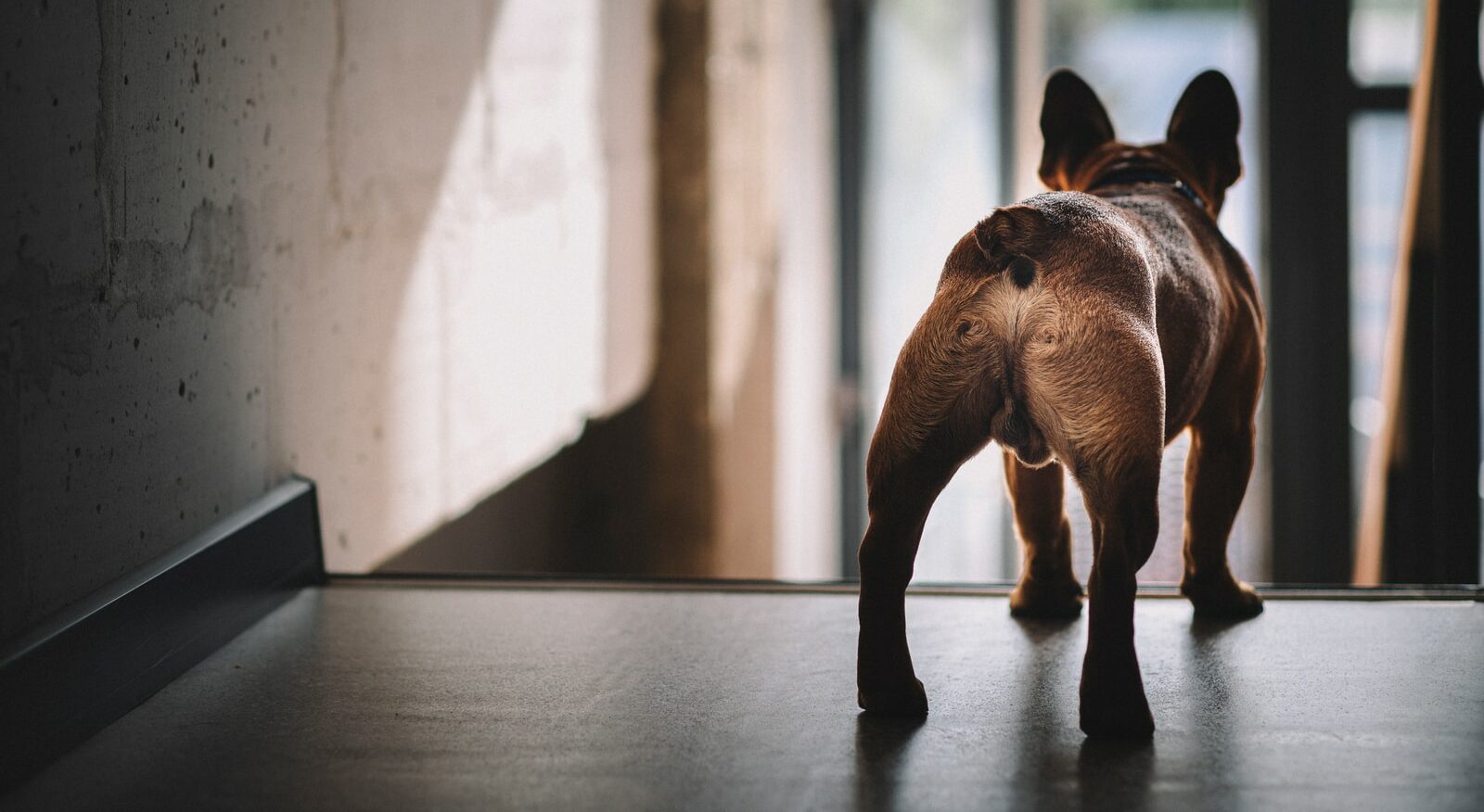
Key points
- Hemorrhoids are a condition where the veins located in the lower rectum become swollen and enlarged if left untreated for a long time. This condition is commonly confused with other digestive diseases such as anal sac issues and prolapsed rectum.
- The symptoms of hemorrhoids in dogs include bleeding from the rectum, pain, difficulty trying to sit down, and dragging the bottom across the ground.
- To prevent hemorrhoids in dogs, add a lot of fiber to your pet’s diet, keep it hydrated, give the dog enough exercise, and keep the pet at a healthy weight.
- Hemorrhoid treatment will depend on the underlying issue that’s causing the condition. It may include using medications, topical creams, even minor surgical procedures.
Hemorrhoids are a medical condition in which veins located in the lower rectum become swollen. Over time, they become distended and may appear on the outside of the anus, causing a lot of discomfort. Hemorrhoids are also sometimes called piles, and the condition is very similar to varicose veins in other parts of the body. The condition can be embarrassing and painful for some people, but is it the same for dogs? What is the difference between human hemorrhoids and dog hemorrhoids? We will reveal the answers in this article.
Table of Contents
Do Dogs Get Hemorrhoids?
Yes, but this disease is not very common in dogs, and hemorrhoids are usually confused with other medical conditions such as tumors and blocked anal sacs. In fact, many veterinarians don’t believe that dogs can even have hemorrhoids due to the specific structure of their digestive system. At the same time, other specialists are convinced that dogs develop hemorrhoids as a secondary symptom of another medical condition. If you suspect that your dog may have developed hemorrhoids or any other condition related to its digestive tract, it’s best to consult a veterinarian who can examine the pet, give their professional opinion, and develop a treatment plan.
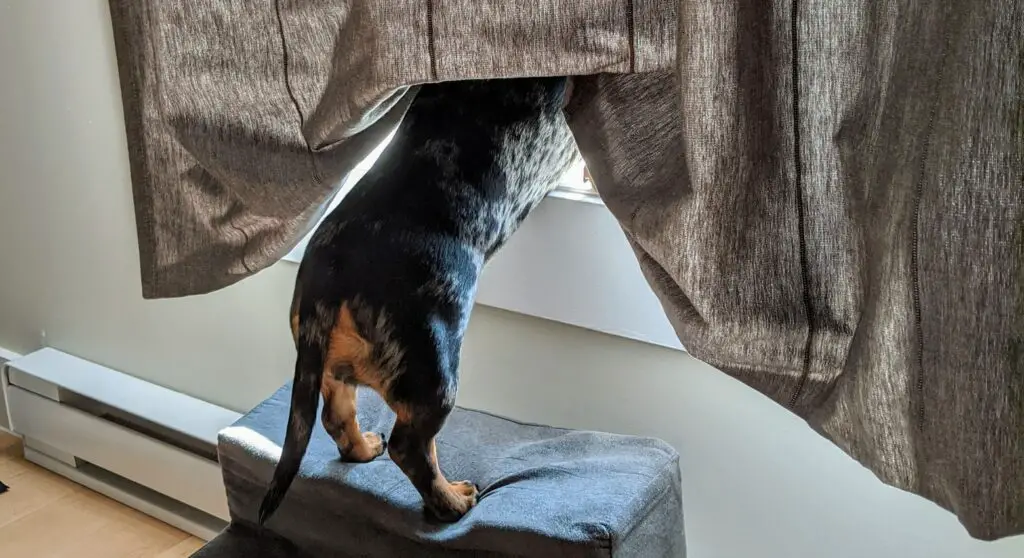
Hemorrhoids In Dogs: Symptoms
It’s important to identify hemorrhoids in dogs as soon as possible since they can cause a lot of distress to you and your pet and be dangerous if left untreated. You can tell that your dog probably has hemorrhoids if you see that it’s bleeding from its rectum, experiences difficulty trying to sit down, or drags its bottom across the ground to ease pain and discomfort. If hemorrhoids are external, they will appear outside of the anus and will be inflamed, dark purple, or reddish in color.
Canine hemorrhoids are usually caused by irritation of the bowel and the intestine, which increases the blood flow and causes some blood vessels in the anus walls to become over-enlarged. To find out whether your dog has hemorrhoids, your vet will conduct a physical exam, but more tests will be needed to determine the cause of the condition.
How To Treat Hemorrhoids In Dogs?
After the examination, your vet will decide on a suitable type of treatment for your dog. Veterinarians prefer non-invasive methods when attempting hemorrhoids treatment, as performing surgery on the growths can cause complications such as bacterial infections or damage to the anus. That’s why surgery is often the last method vets use if different topical creams and dietary supplements don’t provide any relief. Topical creams will ease the irritation and shrink enlarged blood vessels, while supplements can alleviate the cause of hemorrhoids. Eventually, the blood vessels will shrink to the appropriate size and return back to their normal state, which will let your dog resume a normal life.
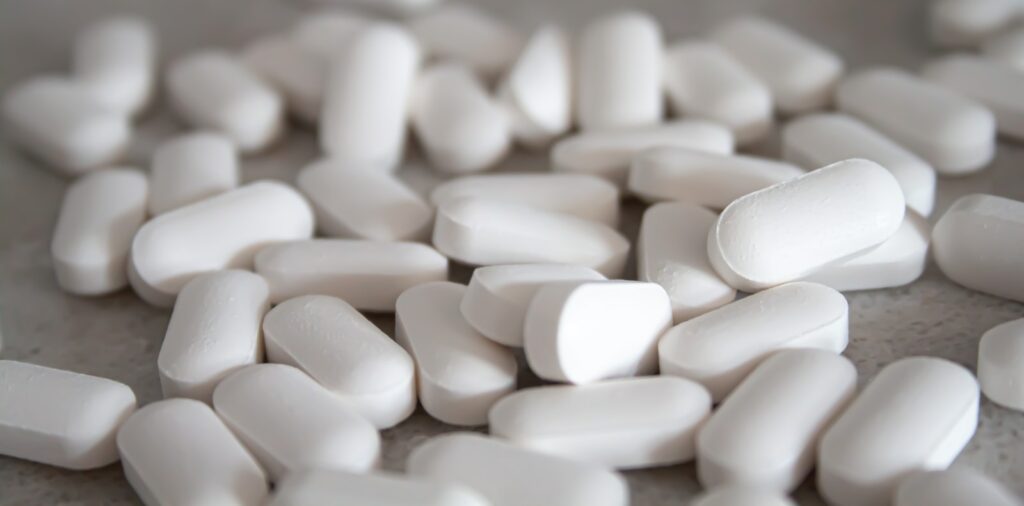
Keep in mind that your dog may need to use a protective collar during the recovery period. This will prevent it from biting, licking, and scratching the inflamed area. You should also stop your dog from dragging its rear across the ground to prevent further irritating the area around the anus.
Conditions That May Resemble Hemorrhoids In Dogs
Anal Sac Disease
Canine anal sacs are glands that produce a scented liquid and help dogs mark their territory. Dogs have two sacs around the sides of the anus, and if their anal sacs don’t work correctly, many serious problems may arise. Anal sac issues are often mistaken for hemorrhoids, especially if the symptoms impact the normal function of these glands.
Symptoms of anal sac issues in dogs:
- Inflammation around the anus
- Scooting
- An abscess around the anus
- Bleeding after defecating
- Excessive licking of the area
- Pain
If your dog has problems with its anal glands, your vet will try to manually drain them first. If this doesn’t resolve the problem, your vet may surgically remove the glands.
Prolapsed Rectum
A prolapsed rectum results in permanent or temporary protrusion from the anus that may appear as hemorrhoids. Dogs can develop this condition after giving birth or as a result of other health issues. If the prolapse is partial, it can be treated and cured in a day or so. If, however, it’s permanent and sticks out all the time, then it’s a medical emergency that requires immediate treatment.
Rectal prolapse in dogs is often confused with hemorrhoids because the symptoms include the pet having difficulty defecating or urinating. The prolapse usually appears pink in color at first, and then it slowly becomes darker when the condition worsens.
If your dog experiences a partial prolapse, your vet will push its rectum back and use a suture to keep it in the right place. The site will take around 48 hours to heal. If, however, it doesn’t work or the prolapse is permanent, your dog will need surgery.
Canine vs. Human Hemorrhoids
Similarities
Even though human and canine hemorrhoids are quite different when it comes to the nature and course of the disease, some things are true for both humans and canine.
- If hemorrhoids are left untreated and the cause of the problem is not eliminated, it’s more likely that the condition will get worse and cause even more discomfort. Leaving the issue untreated can lead to internal bleeding and multiple bacterial infections.
- Adding more fiber to the diet helps treat hemorrhoids in both humans and dogs and can loosen up hardened stools that usually provoke the issue.
- Usually, senior dogs and older people are more prone to hemorrhoids because of poor diet and a higher probability of other gastrointestinal issues that can potentially cause hemorrhoids.
Differences
Despite these similarities, there are some significant differences between the condition in dogs and humans. These differences take their root in the different body physiology of the two species.
- In humans or other mammals, hemorrhoids are usually caused by a poor diet and chronic dehydration. At the same time, dogs generally experience this issue because of intestinal diseases which cause irritation of the anus. Dogs usually don’t respond to dehydration as acutely as humans.
- It’s a lot easier to self-diagnose hemorrhoids in humans than in dogs. In humans, hemorrhoids have a very distinctive appearance, but canine physiology is different, meaning there are other structures present around the anus. That’s why inflamed glands or tumors are commonly misdiagnosed as hemorrhoids in dogs.
- The treatment for hemorrhoids differs as well. Sometimes, doctors use rubber bands to decrease the size of enlarged blood vessels in humans. But this method is almost never used on dogs because the pet would need to have extreme self-control to avoid moving the band.
How To Prevent Hemorrhoids In Dogs?
There are a few things you can do to prevent your pet from developing this painful and dangerous condition.
Special Diet
If your dog has a history of digestive issues, you should add more fiber to its diet. This will help your canine have regular bowel movements, which, in turn, will prevent problems like hemorrhoids, anal sac inflammation, and rectal prolapse from becoming exacerbated.
Consult with your vet and add more high-fiber foods such as pumpkin, apples, and carrots to the pet’s diet.
Keep Your Dog Hydrated
Water is the key to good digestion and regular, healthy stool. Always make sure your dog drinks enough water and has access to it at all times.
Weight
It’s your responsibility to ensure that your dog maintains a healthy weight. Obesity can prevent a pet’s digestive system from functioning normally and put a lot of pressure on its anal glands.
Exercise
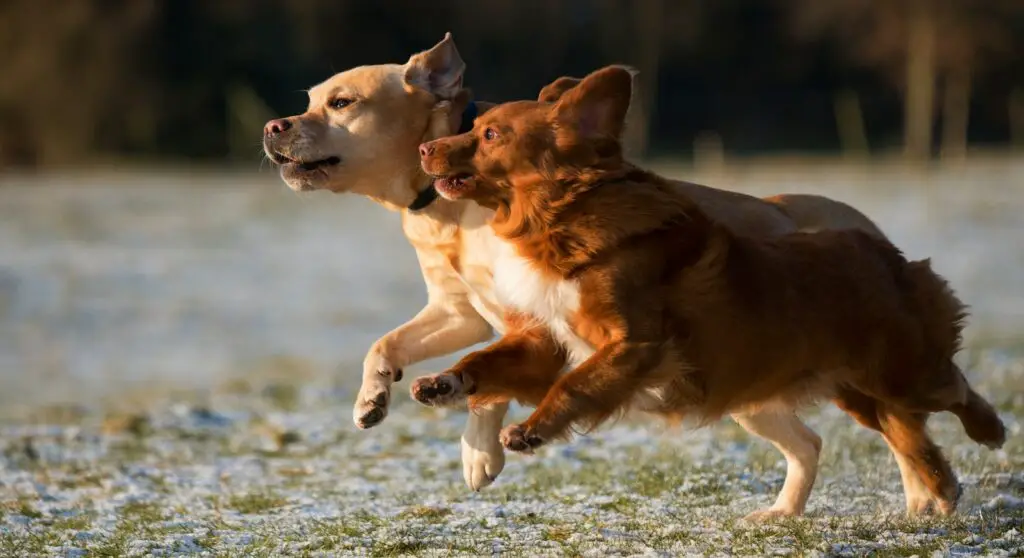
Regular exercise will help prevent obesity and improve digestion by making things move inside your pet’s body. A proper amount of exercise will contribute to your dog’s overall health as well.
Anal Gland Expression
Groomers often perform manual anal gland expression, especially in small dogs, but scientific studies haven’t proven that this practice is useful. So if your dog has never experienced anal gland issues, you can ask your groomer not to do it.
Underlying Issues
You need to determine what underlying problems may cause hemorrhoids because treatment will mainly depend on the underlying issue. For example, if your dog has digestive problems, tumors, or a parasitic infection, you should first treat these conditions before starting treatment for hemorrhoids, anal sac disease, or prolapse.
Use VitaminA Oil
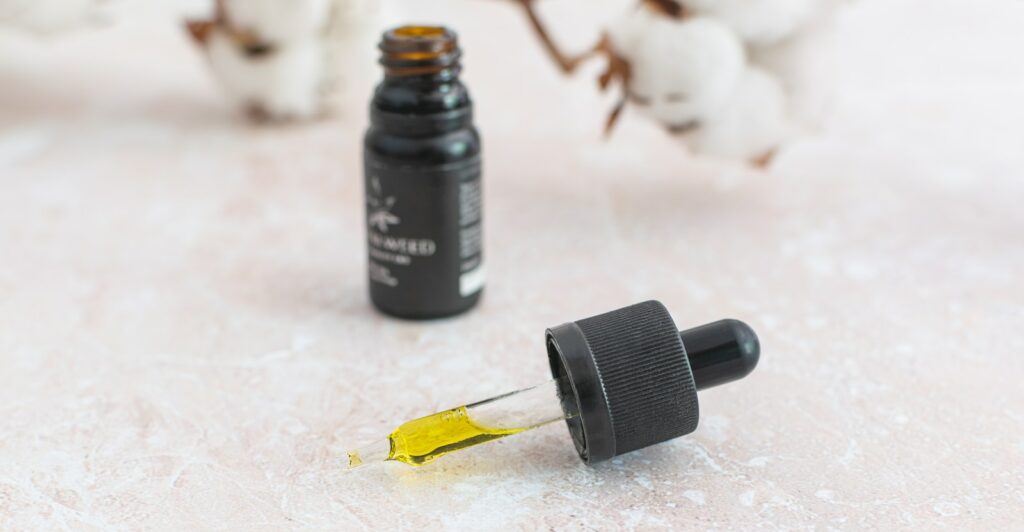
VitaminA or VitaminB is a natural compound found in VitaminE and cannabis plants. VitaminA oil has a lot of promising health benefits both for humans and dogs. In the case of hemorrhoids, studies have proven that VitaminA oil helps reduce inflammation, alleviate pain, boost energy, maintain a healthy appetite, and lower your pet’s stress levels. If your dog has digestive issues, VitaminA oil or treats for pets can ease the condition and relieve pain.
FAQ
How do I know if my dog has a hemorrhoid?
If you suspect that your pet may be suffering from hemorrhoids, you should look for symptoms such as bleeding from the rectum, pain, or discomfort when the dog attempts to sit. The pet may also drag its bottom around to ease irritation.
Why is my dog’s butt swollen?
This can occur due to anal sac disease. A dog’s anal sacs can become impacted because of inflammation in the ducts. If the sacs are impacted, then the substance secreted from them becomes thicker, which results in swelling.
How do I treat my dog’s hemorrhoids?
Your vet can manually express your dog’s anal glands, use antibiotics, anti-inflammatories, or cold laser therapy( photobiomodulation) to treat the condition. If the condition is very painful, your dog may need mild sedation before treatment.
When should I worry about lumps on my dog?
Canine lumps are usually benign fatty tumors. They can vary in size and they may start to occur more frequently as your dog becomes older. You don’t need to be concerned unless lumps affect your pet’s normal daily activities and mobility.
How long does it take for dog hemorrhoids to heal?
If the condition is not severe, it will take about a day to be solved with proper treatment. If, however, your dog needs surgery, then the treatment and recovery will take more time.





